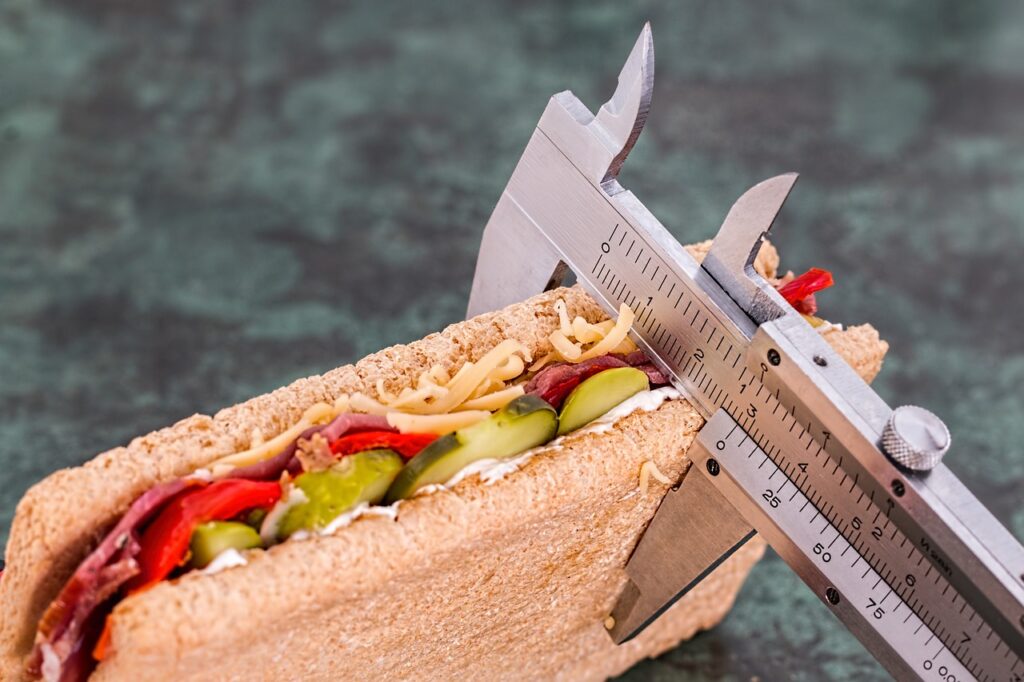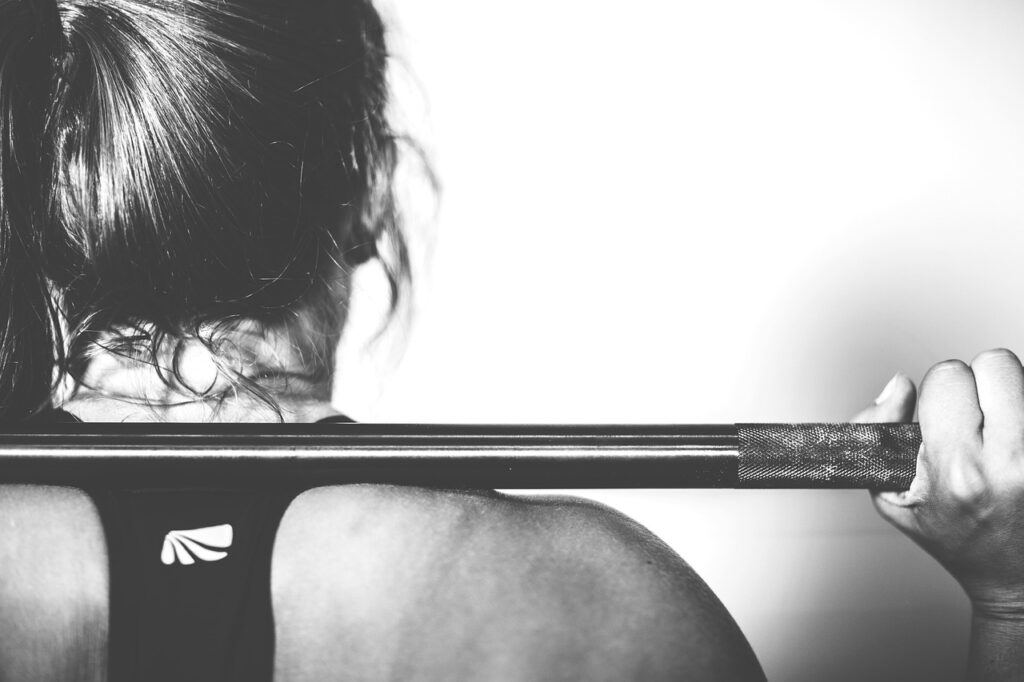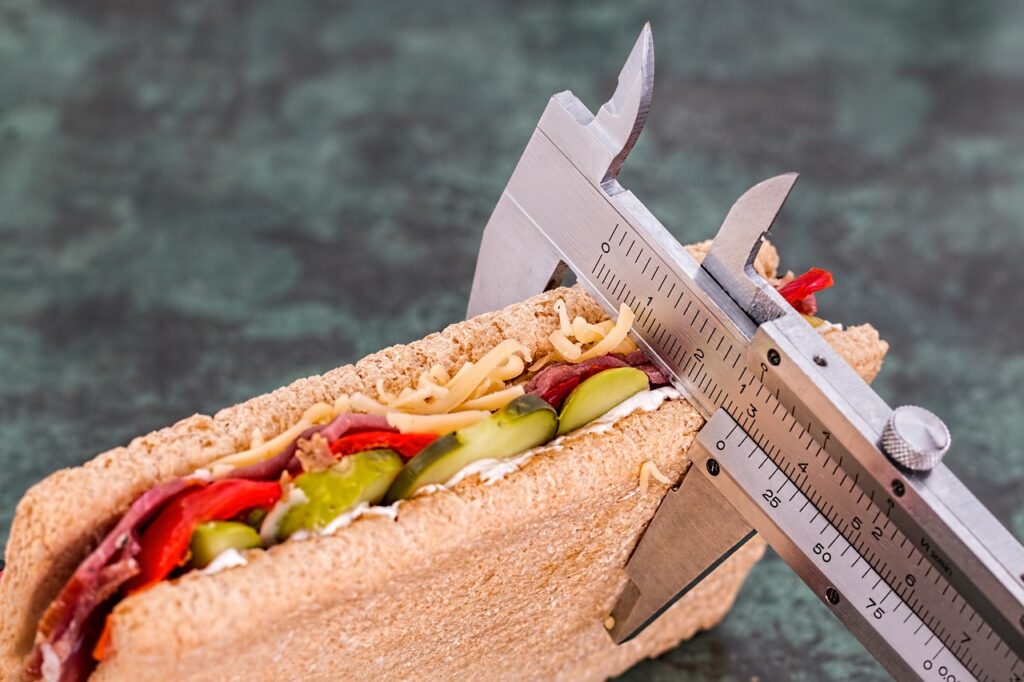Looking to shed those extra pounds and get in shape from the comfort of your own home? Look no further! This article presents an effective home workout plan specifically designed for fat loss. Whether you’re a beginner or an experienced fitness enthusiast, this plan will help you achieve your weight loss goals without the need for expensive gym memberships or fancy equipment. So, get ready to sweat it out and watch those pounds melt away as you embark on this exciting journey towards a healthier and fitter you!
Setting Goals
Determining your fat loss goals
When starting a fat loss journey, it’s important to determine your goals. Ask yourself what specifically you want to achieve. Do you want to lose a certain amount of weight? Do you want to fit into a specific clothing size? By establishing clear and specific goals, you can better track your progress and stay motivated throughout your fitness journey.
Establishing a realistic timeline
While it’s natural to want quick results, it’s essential to set a realistic timeline for your fat loss goals. Remember that sustainable changes take time. Consult with a healthcare professional or a certified fitness trainer to help you determine a reasonable timeline that aligns with your body and lifestyle. Setting achievable goals will not only prevent disappointment but also allow for long-term success.
Monitoring progress
Keeping track of your progress is crucial to stay motivated and ensure you’re on the right track. Consider recording your weight, measurements, and body fat percentage regularly. Additionally, take progress photos to visually see the changes in your physique. By monitoring your progress, you can make necessary adjustments to your workout routine or diet and celebrate your accomplishments along the way.
Creating a Balanced Workout Schedule
Choosing workout days
When creating a workout schedule for fat loss, aim for a mix of cardiovascular exercises, strength training, core exercises, and flexibility training. Spread out your workout days throughout the week to provide ample rest and recovery time for your body. By incorporating different types of workouts, you can optimize fat loss and prevent boredom.
Incorporating rest days
Rest days are just as important as workout days. These days allow your muscles to recover and repair, reducing the risk of injury. Plan at least one or two rest days per week and use them for light activities or stretching. Remember, rest days are an essential part of achieving your fat loss goals.
Considering time and intensity
When designing your workout schedule, consider the time you have available and the intensity of your workouts. Aim for at least 150 minutes of moderate-intensity cardiovascular exercise per week, or 75 minutes of vigorous-intensity exercise. Additionally, include strength training sessions two to three times a week, focusing on major muscle groups. By balancing time and intensity, you can maximize the effectiveness of your workouts.


Cardiovascular Exercises
Benefits of cardiovascular exercises
Cardiovascular exercises, also known as aerobic exercises, offer numerous benefits for fat loss. They increase your heart rate, improve lung function, and burn calories. Regular cardiovascular exercise can help reduce body fat, improve cardiovascular health, and boost endurance. It also releases endorphins, promoting a positive mood and reducing stress.
Choosing the right exercises
When selecting cardiovascular exercises for fat loss, choose activities that you enjoy. Running, cycling, swimming, and dancing are popular options. Consider alternating between different exercises to keep things interesting and to work various muscle groups. Remember, the best cardiovascular exercise is one that you will stick to consistently.
Interval training for fat loss
Interval training involves alternating between periods of high-intensity exercise and brief recovery periods. This type of training is highly effective for fat loss as it increases your metabolic rate and burns more calories in a shorter amount of time. Incorporate interval training into your cardiovascular workouts by increasing the intensity for short bursts, followed by a lower-intensity recovery period.
Strength Training
Importance of strength training for fat loss
Strength training plays a critical role in fat loss. It not only helps build lean muscle mass but also boosts your metabolism. The more muscle you have, the more calories you burn, even at rest. Incorporating strength training into your workout routine can not only enhance fat loss but also improve overall body composition and increase strength.
Targeting major muscle groups
When strength training for fat loss, focus on targeting major muscle groups. Exercises such as squats, deadlifts, lunges, bench presses, rows, and overhead presses engage multiple muscles simultaneously, leading to greater calorie burn and muscle development. By incorporating these compound exercises, you can maximize your fat loss results.
Incorporating bodyweight exercises
If you don’t have access to gym equipment, bodyweight exercises are a great alternative. Exercises like push-ups, squats, lunges, planks, and burpees can be done anywhere, requiring no equipment. Bodyweight exercises not only build strength but also improve balance, flexibility, and coordination. They are a valuable addition to any fat loss workout plan.


High-Intensity Interval Training (HIIT)
Understanding the concept of HIIT
High-Intensity Interval Training (HIIT) involves short bursts of intense exercise followed by brief recovery periods. It is a highly efficient and time-effective workout method for fat loss. During high-intensity intervals, your heart rate increases significantly, promoting calorie burn and fat loss. HIIT can be incorporated into various types of workouts, including cardiovascular exercises, strength training, and even bodyweight exercises.
Benefits of HIIT for fat loss
HIIT has gained popularity due to its effectiveness in promoting fat loss. This type of training not only burns more calories during the workout but also elevates your metabolism for hours after the session. HIIT workouts are typically shorter in duration but provide comparable or even superior fat loss results compared to longer, moderate-intensity workouts.
Sample HIIT workout routines
There are several ways to structure a HIIT workout routine. One popular method is the Tabata protocol, consisting of 20 seconds of intense exercise followed by 10 seconds of rest, repeated for a total of four minutes. Another option is the 1:2 ratio, where you perform a high-intensity exercise for 30 seconds followed by a 60-second recovery period. Experiment with different intervals and exercises to find a HIIT routine that challenges you while still being enjoyable.
Core and Abdominal Exercises
Importance of core strength for fat loss
Having a strong core is essential for fat loss and overall fitness. Core exercises not only strengthen your abdominal muscles but also provide stability and improve posture. A strong core enhances your performance in other exercises and reduces the risk of injuries. Additionally, engaging your core during exercises helps to tighten and tone your midsection, contributing to a more defined waistline.
Effective exercises for abs and obliques
To target your abs and obliques, include exercises such as crunches, planks, Russian twists, bicycle crunches, and leg raises. These exercises engage the muscles in your midsection, promoting fat loss and strengthening the core. Incorporate a variety of exercises to target different areas of your abdominal muscles and make your workouts more challenging.
Incorporating stability exercises
In addition to traditional core exercises, incorporating stability exercises can further enhance your core strength. Exercises such as Swiss ball exercises, plank variations, and Bosu ball exercises challenge your balance and engage deeper core muscles. These exercises not only strengthen your core but also improve overall body stability, making it easier to perform daily activities and other workouts.


Flexibility and Stretching
Benefits of flexibility training
Flexibility training plays a vital role in any workout program, including fat loss. Improved flexibility enhances overall mobility, reduces the risk of injuries, and supports better exercise performance. Additionally, stretching can help relieve muscle tension, improve posture, and promote relaxation. Including flexibility training in your routine aids in optimal muscle function and recovery.
Incorporating stretching into your routine
To incorporate stretching into your routine, allocate specific time before and after your workouts for both dynamic and static stretches. Dynamic stretches, such as leg swings and arm circles, should be done as part of your warm-up to increase blood flow and prepare your muscles for exercise. Static stretches, where you hold a position for 15-30 seconds, are best performed after your workout to improve flexibility and aid in muscle recovery.
Finding the right stretching exercises
When selecting stretching exercises, focus on the major muscle groups targeted in your workouts. Hamstring stretches, quadriceps stretches, shoulder stretches, and chest stretches are common stretches that can benefit your fat loss journey. Additionally, consider incorporating exercises specific to your individual needs or areas of tightness. Consult with a certified fitness professional to ensure proper form and technique.
Mind-Body Exercises
Role of mind-body exercises in fat loss
Mind-body exercises, such as yoga and Pilates, play a significant role in fat loss by promoting overall well-being and reducing stress. These exercises not only improve flexibility and strength but also enhance body awareness and mindfulness. Engaging in mind-body exercises can help you connect with your body, reduce emotional eating, and develop a positive relationship with food and exercise.
Incorporating yoga or Pilates
Consider incorporating yoga or Pilates sessions into your workout schedule. Yoga focuses on flexibility, strength, and relaxation through a series of poses and breathing exercises. Pilates emphasizes core strength, stability, and overall body control through controlled movements and specific exercises. Both disciplines offer a variety of styles and intensity levels, allowing you to find a practice that suits your needs and preferences.
Benefitting from mindfulness techniques
In addition to yoga and Pilates, integrating mindfulness techniques into your daily routine can enhance the effectiveness of your fat loss journey. Mindfulness exercises, such as meditation, deep breathing, or journaling, help reduce stress, improve focus, and promote self-awareness. By practicing mindfulness, you can better manage emotional eating triggers and develop a healthier mindset towards food and exercise.
Nutrition and Diet
Understanding the impact of diet on fat loss
While exercise is crucial for fat loss, nutrition plays an equally important role. To effectively lose fat, you need to create a calorie deficit, which means consuming fewer calories than you burn. Focus on whole, nutrient-dense foods such as lean proteins, fruits, vegetables, whole grains, and healthy fats. Avoid or limit highly processed foods, sugary snacks, and sweetened beverages, as they are often high in empty calories and can hinder your progress.
Balancing macronutrients for optimal results
To support fat loss and maintain muscle mass, it’s essential to balance your macronutrients. Aim for a diet that includes adequate protein, as it promotes satiety, helps build and repair muscles, and boosts metabolism. Incorporate healthy fats for energy and hormone regulation, and include complex carbohydrates for sustained energy levels. Consulting a registered dietitian or nutritionist can help you personalize your macronutrient intake based on your individual needs and goals.
Incorporating whole foods and reducing processed foods
Choose whole foods whenever possible to nourish your body with essential vitamins, minerals, and fiber. Fill your plate with colorful fruits and vegetables, lean proteins, whole grains, and healthy fats. These foods provide the nutrients your body needs to function optimally and support your fat loss goals. Reduce your intake of processed foods, which are often high in added sugars, unhealthy oils, and artificial additives that can sabotage your efforts.
Tracking and Measuring Progress
Importance of tracking your workouts
Tracking your workouts allows you to monitor progress and make adjustments as needed. Keep a record of the exercises, sets, and repetitions performed, as well as the weights used. This tracking method helps you gauge your progress over time, increase intensity, and ensure you’re challenging your muscles. Whether you use a journal, a fitness app, or an online platform, tracking your workouts helps you stay accountable and motivated.
Measuring body composition changes
In addition to tracking your workouts, measuring your body composition is a valuable tool for monitoring fat loss. Consider using methods such as body fat calipers, biometric impedance scales, or DEXA scans to measure your body fat percentage. Pair this with regular weigh-ins and measurements of your waist, hips, and other key areas. By tracking changes in body composition, you can assess your progress more accurately than relying solely on weight alone.
Finding motivation through progress tracking
One of the most significant benefits of tracking your progress is finding motivation to continue on your fat loss journey. Celebrate your achievements, whether it’s losing inches, increasing strength, or sticking to your workout routine consistently. Reflect on how far you have come and use that as motivation to keep pushing forward. Progress tracking provides tangible evidence of your hard work, reminding you that every step counts towards reaching your fat loss goals.
In conclusion, embarking on a home workout plan for fat loss requires setting clear goals, creating a balanced workout schedule, incorporating different types of exercises, and adopting a healthy and balanced diet. Remember to monitor your progress, embrace rest days, and prioritize both physical and mental well-being. By following these comprehensive guidelines, you can embark on a successful fat loss journey from the comfort of your own home.



